An experience-based and reality-proofed framework, supporting your specific digital / IT organization project.
CKC - Digital / IT Organization & Operating Model Consulting
We recognize ourselves as a "hidden champion" for digital / IT organization development and, in particular, for operating model development. Christian Kaliauer has worked with various clients in different scenarios and industries. While each engagement represented an individual setting, he was able to identify patterns and experimented with different approaches tailored to the specific situation, goals, and stakeholder involvement. In the start phase of CKC, he developed the CKC digital / IT operating model framework intended as a meta framework. The framework represents the essence of how a digital / IT operating model development can be comprehensively structured to develop your digital / IT organization.
Utilizing this Meta Framework brings the Following Benefits to Our Clients
Let's dive into the CKC Digital / IT Operating Model Meta Framework
The digital / IT operating model
describes the digital / IT function as a whole
in an integrated high-level form
how to best act as an organization
to enable and support the overall business model
considering
governance, leadership, management, change and run aspects
as well as interactions
with other corporate functions, top-management, vendors and partners
from the perspective of the digital / IT function.
Consequently, applying digital / IT operating model thinking allows you to design and plan your digital / IT organization holistically to meet your strategic, tactical, and operational organization development goals. We apply it as a meta model:
- to align organization theories and related management practices
- which focus on particular individual aspects such as
- organizational structure design
- lines of reporting design
- governance concepts
- management & leadership development
- process frameworks (e.g., ITIL processes)
- up to concepts in the areas of agile, lean, and systems theory
- tailored to your particular corporate context, with key elements such as
- overall corporate and digital / IT strategy
- enterprise and IT architecture
- digital / IT sourcing mix
- geographical circumstances
- cultural circumstances
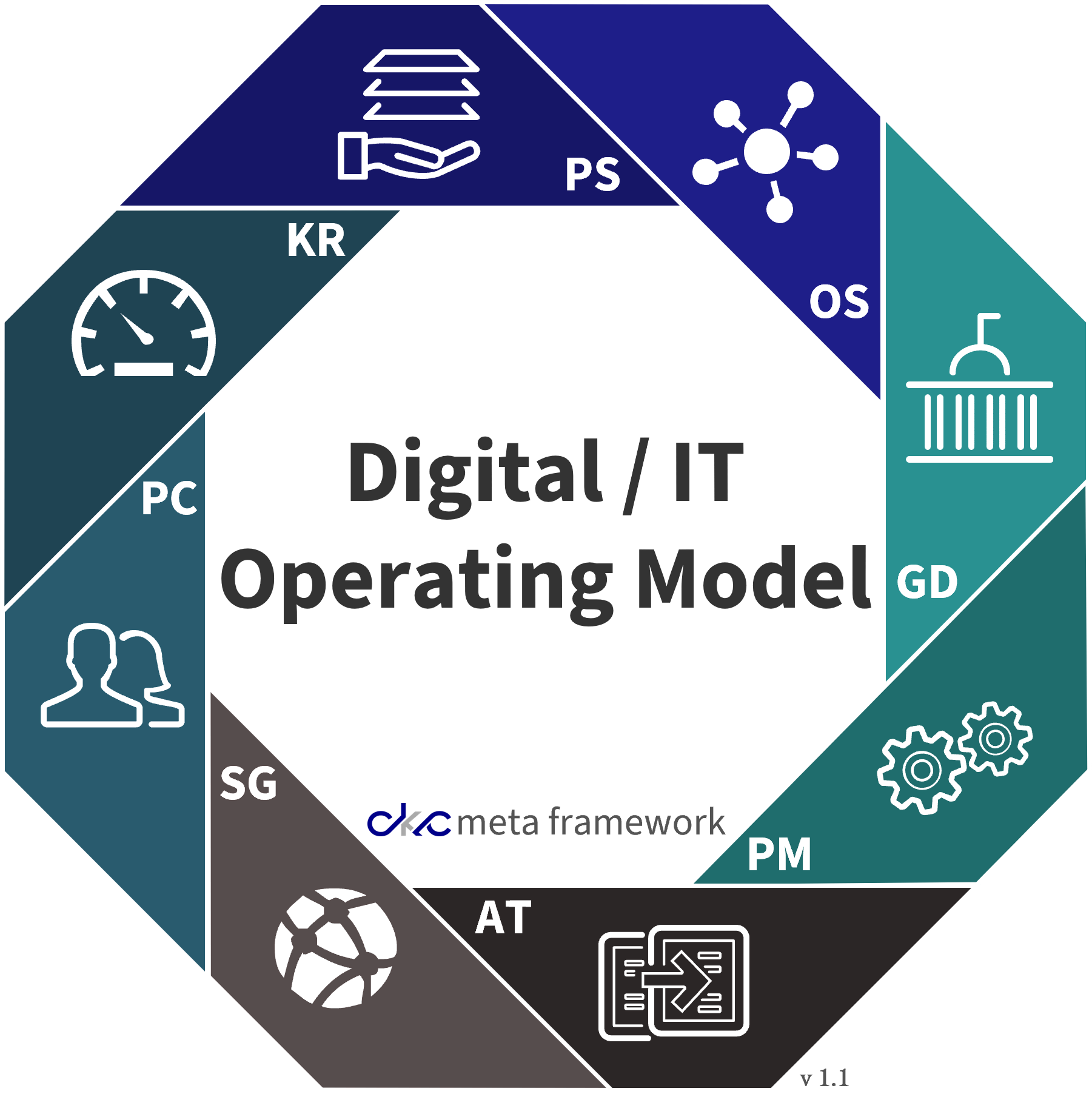
To reach your goals, our digital / IT operating model meta framework is structured in eight fundamental dimensions:
- Digital / IT Products & Services (PS)
- Digital / IT Organization & Structure (OS)
- Digital / IT Governance & Major Decision Taking (GD)
- Digital / IT Processes & Methods (PM)
- Digital / IT Architecture & Technologies (AT)
- Digital / IT Sourcing & Geography (SG)
- Digital / IT People, Roles & Culture (PC)
- Digital / IT KPIs & Reporting (KR)
To design and plan your digital / IT organization holistically our meta framework is structured in eight disciplines with distinct focal points:
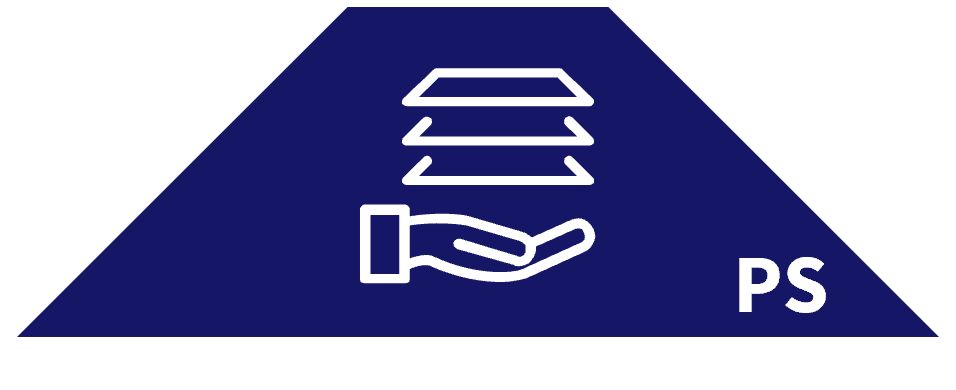 Digital / IT Products & Services
Digital / IT Products & Services
• Value definition
• Value streams of the organization
• Delivered products / services / solutions
• Portfolio management & quality
 Digital / IT Organization & Structure
Digital / IT Organization & Structure
• Organizational principles & capabilities
• Organization (design) guidelines
• Organizational structure
• Team compositions & interaction logic
 Digital / IT Governance & Major Decision Taking
Digital / IT Governance & Major Decision Taking
• Governance principles
• Governance (design) guidelines
• Governance structure
• Interaction with corporate governance
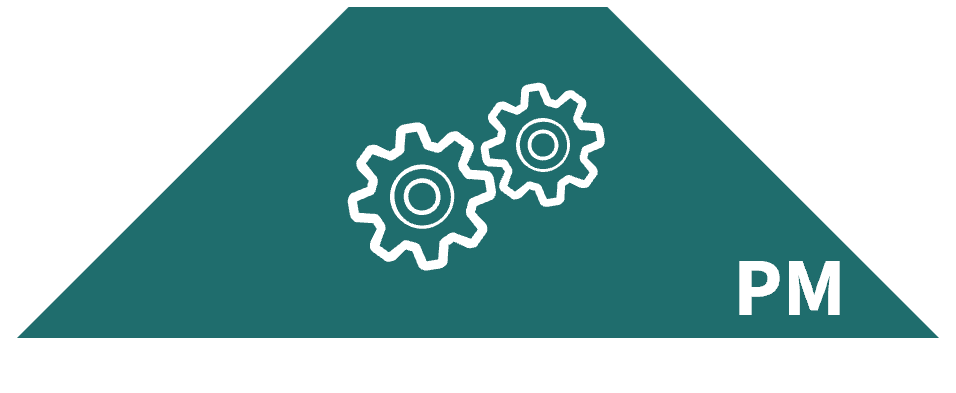 Digital / IT Processes & Methods
Digital / IT Processes & Methods
• Principles & priorities
• Frameworks & methods selection
• High-level SDLC E2E mapping
• Key processes & interfaces mapping
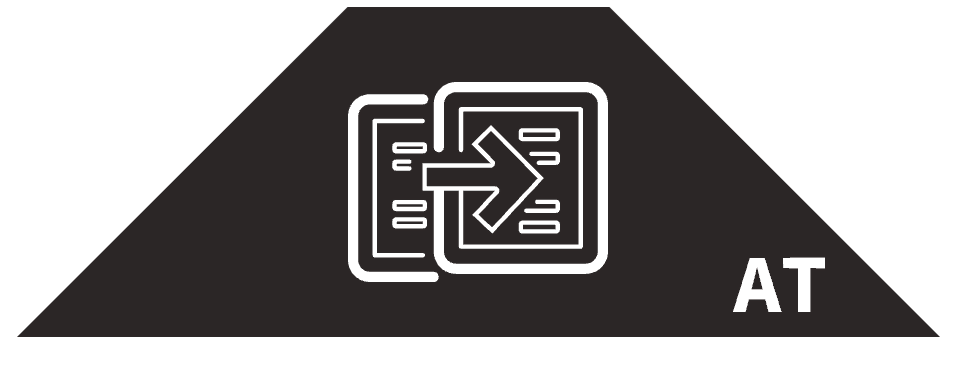 Digital / IT Architecture & Technologies
Digital / IT Architecture & Technologies
• Architecture principles & priorities
• Architecture & technologies ambition levels
• Tech-stacks / as-is / to-be / quantifications
• Further organization implications
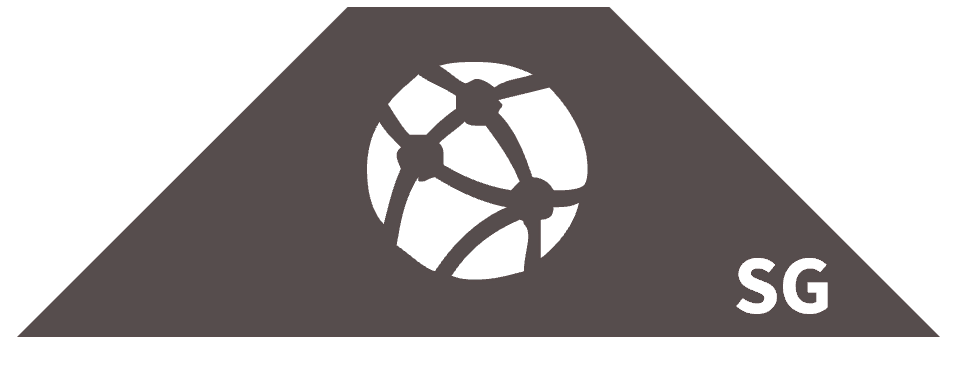 Digital / IT Sourcing & Geography
Digital / IT Sourcing & Geography
• Sourcing principles & priorities
• Collaboration & Interaction model
• Sourcing / as-is / to-be / quantifications
• Sourcing management capabilities
 Digital / IT People, Roles & Culture
Digital / IT People, Roles & Culture
• Principles & priorities
• Roles & positions framework
• Career & compensation framework
• Change Management & further HR topics
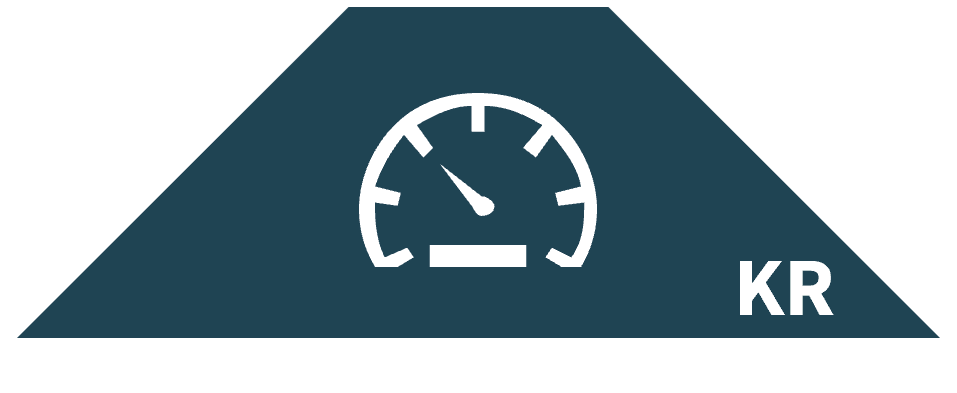 Digital / IT KPIs & Reporting
Digital / IT KPIs & Reporting
• Principles & priorities
• KPI Framework
• Budgeting & reporting corner stones
• Alignment with corporate & peer expecations
Generally, we encounter two primary settings where we apply the digital / IT operating model framework to develop the overall organization:
- As part of an overall strategy development process in the corporation, to develop the digital / IT organization-related strategic aspects and to provide corresponding input to the strategic roadmap (a)
- Stand-alone when significant change is considered for the digital / IT organization due to specific triggers (b)
Within these two primary settings, typical project scenarios and priorities emerge, such as:
- Rethinking and reorganizing the organization results - among other things - in a new organizational structure, typically triggered by
- CIO / CDO leadership change
- Switching overall organization principles (e.g., centralization level, plan/build/run structure, bi-modal structure, multi-speed IT structure, cloud transformation, leadership style, etc.)
- Rotating towards a product-oriented organization
- Moving towards an agile organization (at least in parts)
- Streamlining the management structure
- Post-merger-integration and management consolidation of geographical organization units
- Aligning with overall corporate changes in structure and priorities
- Other strategic triggers
- Major sourcing changes impacting the operating model (e.g., insourcing, outsourcing, cloud transformation)
- Major planned changes in the overall enterprise / IT architecture
- Follow-up analysis of an occurred major security incident reveals overall organizational shortcomings
- Realigning the digital / IT organization after very strong growth (or shrink-down) periods of the overall corporation
- Introducing or significant rethinking of IT service management
- Proactively tackling strong and consistent dissatisfaction of important peers and stakeholders with the digital / IT function
If you are in a similar situation and want to develop your digital / IT organization, feel free to contact us.
Q: Do I have to work through all eight dimensions in my operating model project (I fear the complexity)?
CKC: It is essential to set clear priorities at the beginning of the project, depending on your goals and triggers. So you typically concentrate on a few dimensions. Still, the comprehensive set of dimensions allows checking against potential dependencies and blind spots during the project. Furthermore, it will enable a more solid target operating model deliverable and helps when planning the implementation approach and next steps.
Q: What is a proper level of detail in my project for a specific dimension of the digital / IT operating model?
CKC: This will very much depend on your specific setting. We like to apply the principle "as little detail as possible; as much detail as required." This principle allows to concentrate on the essential pieces, keeps project efforts under control, and allows for progress towards implementation.
Q: What happens after the development of our target digital / IT operating model? Do you support the implementation process as well?
CKC: This is an excellent question and typically very specific to your situation and environment. You should ask and (re-)answer this question early on in your project and at particular milestones. It is not uncommon that this answer is evolving over time.
We want to point out a couple of key points that we view as important:
- We like to work with an active and well-selected core team from your side during a digital / IT operating model project. The more this team is involved and the more it works out certain operating model elements (in collaboration with us) - the more this team will buy into the target operating model and act as multiplier and leader(s) for the implementation.
- To further improve this approach: After completing the design of your target digital / IT operating model, it might be an interesting option to enter a phase of executive coaching personally performed by Christian Kaliauer for one or more executives at your side. This way, implementation leader(s) have a protected room to discuss current progress, challenges, solution options, risks, and eventual near / mid / long term effects.
- In the past, we have seen the full spectrum of implementation approaches. From driving it 100% by the digital / IT management team to heavily engaging internal or external change professionals. We are happy to have an exchange of thoughts on your situation and circumstances.
